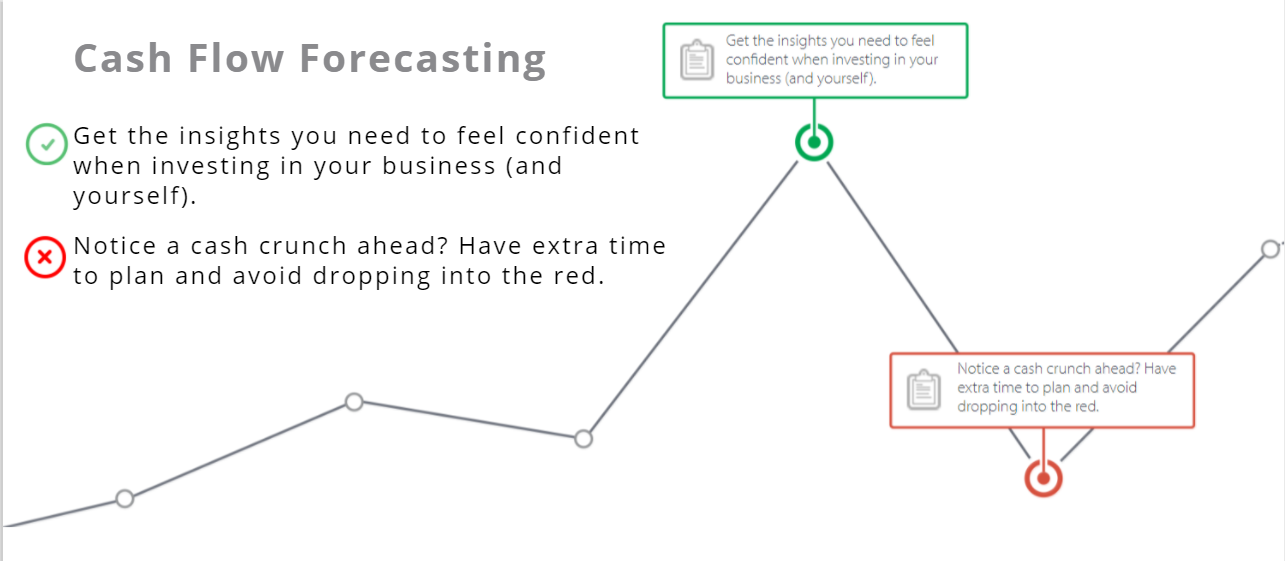End of Year Tax Strategies for Small Businesses
If you own a small business, there are many considerations when planning your business
taxes. In many cases, you have choices regarding the timing of income and expenses that
can impact your taxes both for this year and next. One of the best things you can do is plan
your taxes ahead of time.
Getting a jump on tax planning and preparation will save you time and money in
the long run. This will allow you to get the most out of your tax preparation, rather than
waiting until the last moment, missing out on opportunities for using certain strategies, and
stressing out about the process.
Consider implementing some of these end-of-year tax strategies for your small
business:
- Buy a work vehicle. If you need to haul stuff or people around for your business,
consider the tax advantage that comes with buying a work vehicle. “Heavy” SUVs that
get 50% of their use from your business qualify for a write-off of $25,000, thanks to
Section 179 first year depreciation.
- There are specific considerations to make with this write-off, so check out the
depreciation rules for work vehicles before you make the purchas
- Buy other equipment. First-year depreciations through Section 179 come in many
forms, including things other than work vehicles. If you buy new and used business
software and equipment, you can take a write-off of as much as $250,000.
- This equipment consideration includes office furniture, computer systems, machinery,
and software as long as you’re buying it and putting it to use in the current tax year.
- Prepay next year’s expenses. You can prepay expenses for next year to create
additional deductions for your upcoming tax return. Buy next year’s equipment
now, or pay other upcoming expenses prior to the end of this year. Now you
can claim these expenses as deductions and save yourself additional money before tax
season.
- You can pay expenses using checks, and mail the checks at the end of the year. Even
though they won’t be cashed or deposited until the New Year, tax law states that you
can still deduct these expenses because you mailed the checks in this tax
year
- Delay some income. If you’re expecting to be in the same tax bracket next year,
delay some of your income until the beginning of the next year to cut down on how
much you’ll have to pay in taxes for this year.
• Deferring some income, coupled with accelerating some deductions, will
postpone some of your tax bill and allow you to save money when your
taxes for this year are due.
- Accelerate some income. The opposite is true if you plan to be in a higher tax
bracket in the coming year. Here you need to accelerate some income into the current
year while postponing some deductible expenses until the following year so that you
realize tax savings on your higher tax bill in the coming year
- A balance between the two, accelerating and delaying, is also viable to potentially
lower both of the tax bills, the upcoming year’s bill and the one for next year.
The Bottom Line
As a business owner, it’s important to consider your tax strategies all year long. You have
many opportunities for tax savings and deductions throughout the year. However, keeping
these strategies in mind as the year comes to an end will help you maximize your strategies
for both this year and next.







